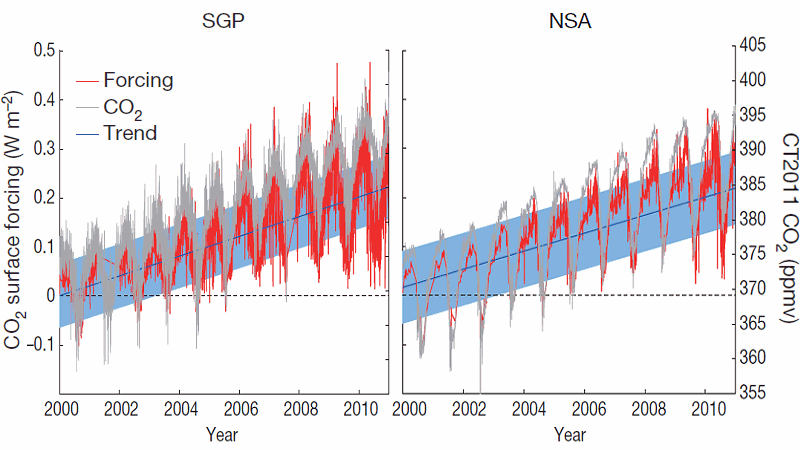
Climate scientists have finally demonstrated that rising carbon dioxide in the air is trapping more of the sun’s heat. A paper published Wednesday has used a decade of painstaking measurements to confirm the basic greenhouse mechanism of global warming beyond a reasonable doubt.
Physicists have foreseen greenhouse warming of the Earth since the 19th century, and the greenhouse effect is the foundation of climate-change science. This is accepted knowledge by now, but science is supposed to make really sure of things.
The game of science is unusually precise. Since it’s spring training season, I’ll use an analogy from baseball. A ballplayer can hit a home run by batting the ball over the outfield fence—that’s when we all start cheering (or groaning)—but the run is not formally recorded until the umpires see the batter step on each base, in the right order, and set foot on home plate. The ballplayer has to go through all the motions.
In climate science, it’s almost universally accepted that rising carbon dioxide (CO2) levels in the atmosphere are making the atmosphere warmer. That ball has been over the fence for many years now. But science has to go through all the motions.
Greenhouse physics in the lab, many decades of weather observations and a wide range of computer models based on evidence from a million years of prehistory all support the scientific home run. But until now we haven’t gone through the motions for one question: Do we truly observe the mechanism for greenhouse warming on the ground, in the actual sunlight passing through the actual atmosphere?